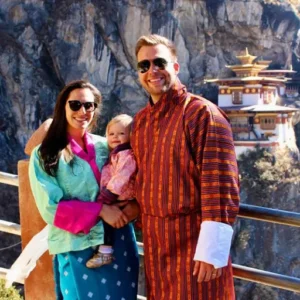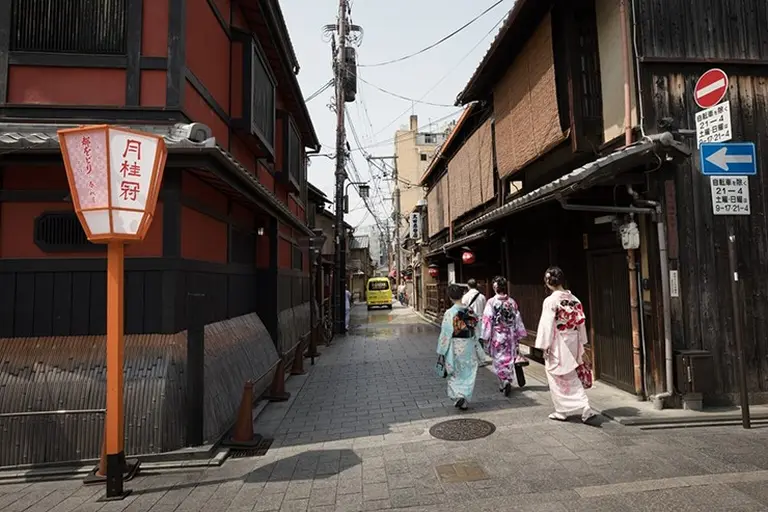When preparing for any journey, the first thing travelers often calculate is the cost. For Bhutan, the mystical “Land of the Thunder Dragon” hidden in the clouds and filled with ancient secrets, the question of expenses becomes even more intriguing.
So, is traveling to Bhutan expensive? What types of fees should you expect? Are there any hidden or additional costs? Let’s break everything down with practical details so you can plan your Bhutan trip with ease.
>> Traveling to Bhutan: What you need to know
Travel Fees in Bhutan Depend on the Season
The most popular times to visit Bhutan are spring and autumn, when the weather is clear and the scenery at its best. But no matter when you go, Bhutan’s culture, people, and spirituality make every season worth experiencing.
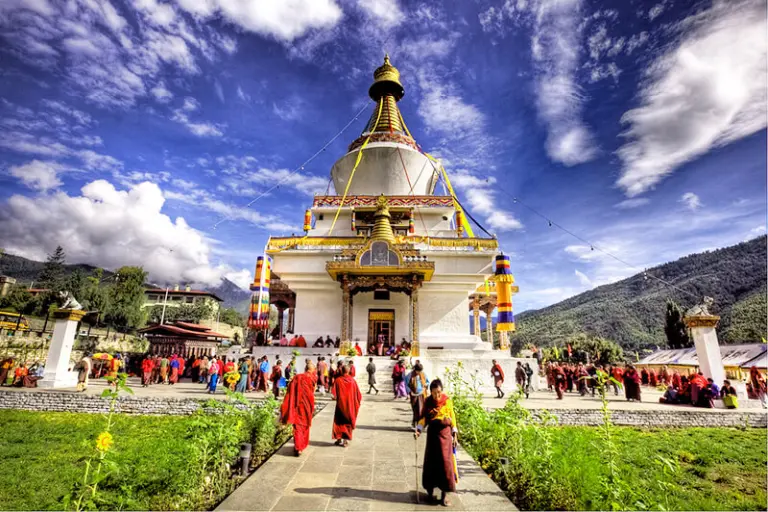
>> The people of Bhutan – 7 fascinating facts about the happiest residents on earth
Bhutan’s government has long maintained strict regulations on tourism fees. All visitors must book a tour either through a licensed Bhutanese travel company or via an approved agency in their home country.
The costs are set by season:
- High season (spring & autumn): USD 250 per person per day (around 5.8 million VND).
- Low season (summer & winter): USD 200 per person per day (around 4.6 million VND).
At first glance, these rates may seem high. But keep in mind—they already include:
- Accommodation at 3-star hotels
- Three meals per day
- Licensed tour guide
- Driver and transport
- Entry fees to attractions
- Taxes paid to the government
This means that after paying the official daily rate, travelers don’t face unexpected costs—except for flights, personal expenses, and tips for drivers or guides.
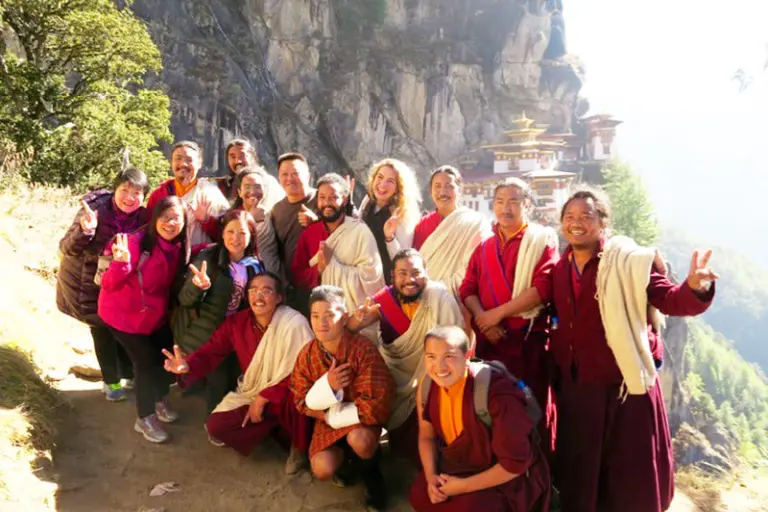
>> What to know before visiting Bhutan – Dos & Don’ts
Types of Costs When Traveling to Bhutan
1. Visa Fees
If you book your trip through a local agency in your country, they will handle all the paperwork for you. The visa fee for Bhutan is USD 40, and approval is almost guaranteed when arranged through a licensed tour operator.
2. Small Group Surcharge
If you are traveling solo or in a group of two, you’ll need to pay a small group supplement of USD 40–50 in addition to the standard daily fee.
3. SIM Card & Internet Access
While Bhutan does have internet service, the mountainous terrain makes connections unstable in remote areas. Travelers are advised to purchase a local SIM card with 3G through their tour operator or at the airport. The cost ranges between USD 5–10.
4. Souvenirs & Gifts
Shopping is part of the fun! Bhutan is famous for its handicrafts, traditional textiles, and herbal products.
- Small souvenirs: usually under USD 200.
- Specialty items like cordyceps or high-quality handicrafts: up to USD 400.
5. Tips for Guides & Drivers
Tipping is not mandatory but is customary as a gesture of appreciation.
- Average: USD 5–8 per person per day.
- If service doesn’t meet your expectations, you may choose not to tip.
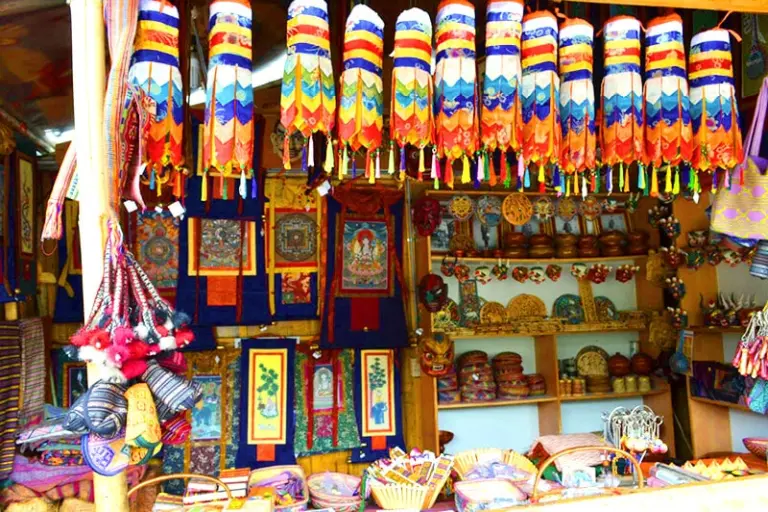
>> Bhutan weather – The best time to visit the land of the Thunder Dragon
Important Travel Notes for Bhutan
To avoid unexpected fines or legal issues, be mindful of Bhutan’s rules:
- Littering or relieving oneself in public is strictly forbidden.
- Smoking in public areas or restricted zones is prohibited.
- Misuse of personal documents or trading in banned goods can lead to severe penalties.
- Carrying excess tobacco products is also illegal.
Also note: ATMs are limited in Bhutan. It’s best to bring enough cash to avoid being stuck without funds.
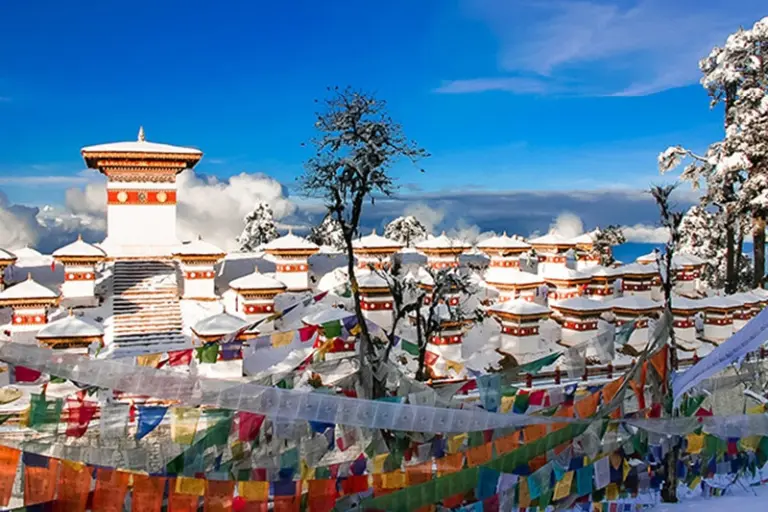
>> Unique cultural traits of the land of the Thunder Dragon, Bhutan
Final Thoughts
Traveling to Bhutan isn’t cheap compared to some other destinations, but the price includes almost everything—accommodation, food, transport, guides, and cultural experiences. Plus, Bhutan’s sustainable tourism policy ensures that your trip supports the environment and local communities.
With careful planning, your journey to the “Land of Happiness” will be not only manageable in cost but also unforgettable in experience.



